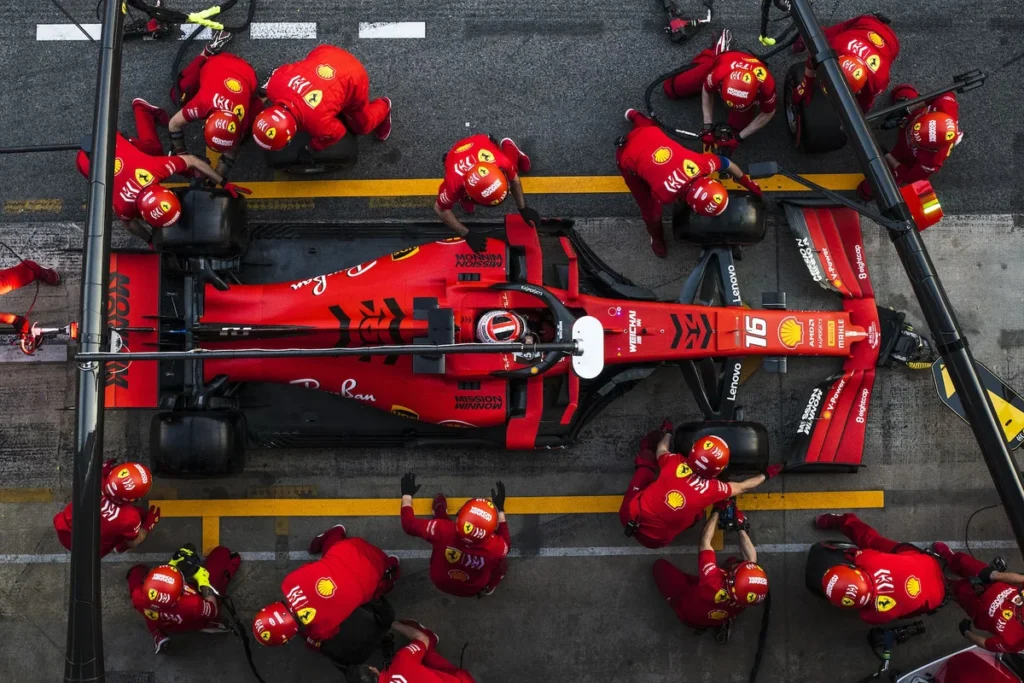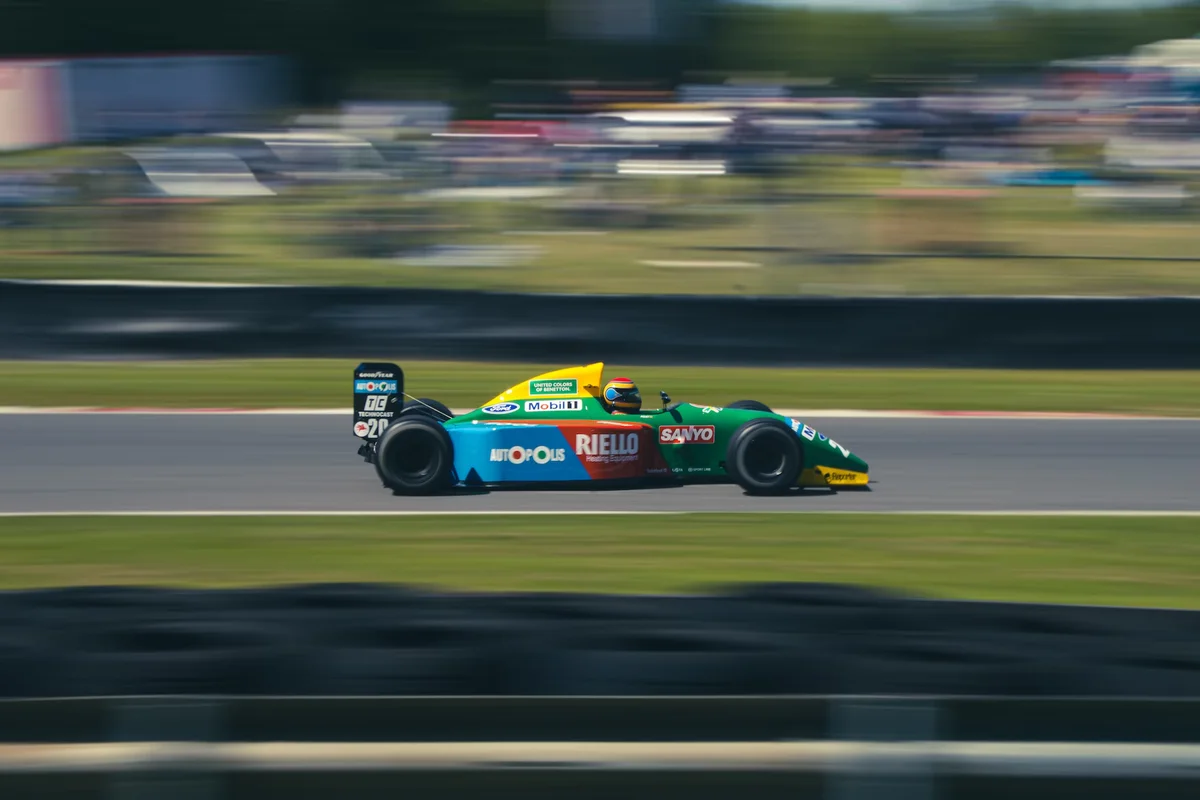6 Technologies From F1 You Can Find in Your Road Car
The Formula One World Championship is entering the latter stages of its 2022 campaign with Red Bull’s chief driver and reigning champ Max Verstappen commanding a sizable lead over the rest of the field. Yet with Mercedes increasingly bringing their car into its performance envelope, and Ferrari down but not out, fans with allegiances across the paddock will no doubt be making use of offers provided by comparison platforms like oddschecker to back their favorites right down to the final race weekend in Abu Dhabi.
F1 has been enjoying an unprecedented boom its popularity following its take-over by US investment firm Liberty Media and the success of Netflix’s fly-on-the-wall documentary series Drive to Survive. This has led to many new people discovering the unique thrills of the world’s premier motorsport.
Yet few realize that through-out F1’s long history it has consistently been at the leading edge of automobile development, with many technologies first devised to give teams a competitive edge finding their way into consumer vehicles across the world. Here are six key technologies that first took shape in F1 before trickling down to consumer vehicles:
Active Suspension
Few entries in the history of F1 are considered to be as dominant as Williams’ 1992 car, the FW14B which – with Nigel Mansell behind the wheel – won 10 out of 16 races, scored 10 fastest laps and achieved 15 qualifying pole positions.
This was the first car to employ active suspension, a technology that assesses the loads moving through the car under cornering and automatically adjusts its suspension ride height and stiffness in order to maximise performance.

This innovation was so successful it was banned the following season in the interest of fairness. Nowadays it is commonplace in road vehicles, where it ensures a comfortable and cushioned driving experience.
KERS
Short for Kinetic Energy Recovery System, this technology, introduced to F1 in 2009, captures the energy generated under-braking and stores it as electrical power that can be redeployed in the engine.
KERS is now commonplace in most hybrid and electric vehicles as it is an extremely efficient means of recycling energy, and can markedly increase the range of electric cars.
Paddle Shifting
First employed by Ferrari in their 1989 entry, the 640. Paddle shifting was both faster and safer than operating a stick shift, and also saved a lot of space in the cockpit.
Before long, every car on the grid followed-suit and the technology soon found its way into road vehicles.
Rear-View Mirrors
The first rear-view mirror was employed by Ray Harroun for the very first Indianapolis 500 back in 1911. This innovation saved Harroun from having to bring along a co-driver, saving weight and increasing efficiency massively.
Aerodynamics
Aerodynamics enable cars to remain stable, and corner better, at higher speeds by working like an upside down wing – using air pressure to “stick” the car to the road. There are two main types of aerodynamics known as wings, and ground effect. The most common type of wing is the rear spoiler we tend to associate with fast cars, first introduced into F1 in 1968.
The other is known as ground effect and was developed initially by Lotus for the 1977 F1 season. It creates a vacuum seal between the bottom of the car and road giving phenomenal cornering performance without the drag associated with large wings.
Both of these aerodynamic forms can now be found in performance road vehicles.
Traction Control
Traction control modulates the amount of torque passing from the engine into the wheels at any one time. This enables a driver to reliably transfer more power without the risk of wheel-spinning or loss of control.
First introduced in F1 in the early 90s, it, like active suspension, was initially banned in the interest of maintaining a level playing field. Now it can be found in most road vehicles where it increases safety and creates a more consistent driving experience.




